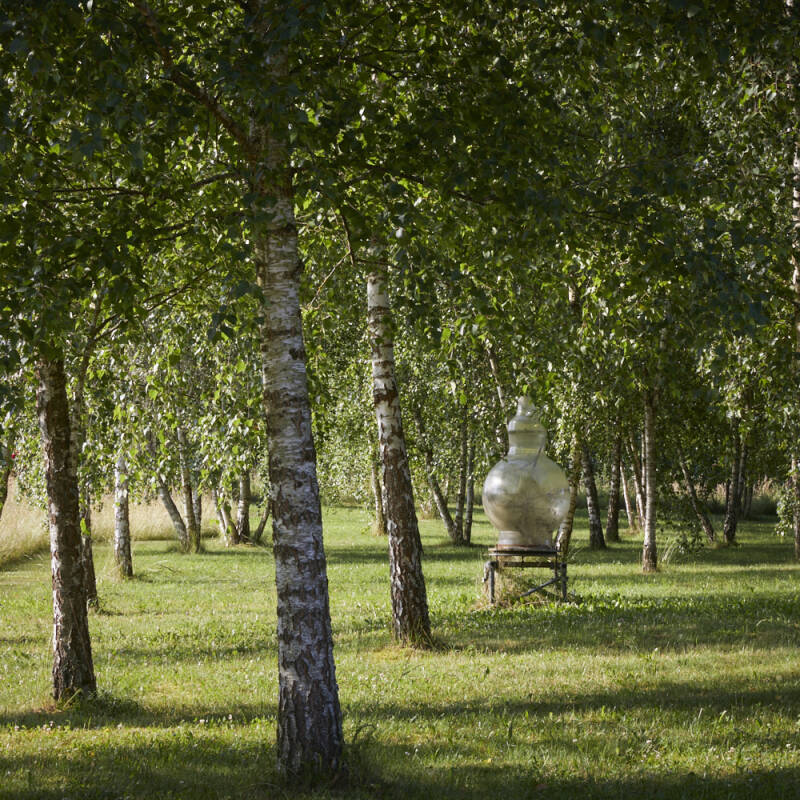Even if it wasn’t just about the only thing around at this time of year that offers top-flight perfume, as well as elegant looks, Sarcococca would deserve to be grown more. Added to its sensory appeal for humans, sweet box (also known as “fragrant sweetbox”) is a reliable source of nectar and pollen for solitary pollinators. A mix of earlier and later varieties will keep all forms of life happy in the cold days between December and April.
The main types of Sarcococca, shown here (and all scented) are Royal Horticultural Society award winners for general garden merit. They are all good choices for slow-growing, evergreen shrubs, though their subtleties can be confusing. Let us guide you.
Photography by Britt Willoughby Dyer, for Gardenista.
Sarcococca confusa

Sarcococca confusa is the big, tough one of the group. It is easy to look after, of no interest to pests and diseases, and it doesn’t need pruning. If shaping is desired, it can be done after flowering in spring. Berries often persist on the shrubs, until the following flush of flowers.
Sarcococca hookeriana var. digyna

Varieties of Sarcococca that flower later than the standard S. confusa (which begins flowering in December) include Sarcococca hookeriana var. digyna. Flowers are flushed with plum at the base. It is an upright shrub, typically reaching a height of from four to six feet, flowering from February to April.

Sarcococca hookeriana var. digyna ‘Purple Stem’

Purple stems on the eponymous cultivar are more noticeable (arguably) than those on the plain-old S. hookeriana var. digyna. At any rate, the flushed stems and leaf midribs fade with maturity.
Sarcococca ruscifolia var. chinensis

With its red holly-esque berries, fragrant sweetbox S. ruscifolia var. chinensis is arching and spreading in shape, with white flowers all the way up the stems. This variety makes a good low ground cover, reaching about 20-inches in height, and happily colonizing a tricky shaded area with its suckering growth.

As a ground cover, S. ruscifolia is especially useful, since it is untroubled by dry shade, or by soil that might otherwise be considered too acidic or too chalky. What it doesn’t appreciate are waterlogged conditions or sharp winds.
Sarcococca ruscifolia var. chinensis ‘Dragon Gate’

A slightly less vigorous variety to look out for is Sarcococca ruscifolia var. chinensis ‘Dragon Gate’. Collected in the hilly Hunan region of China by the revered British plantsman Roy Lancaster, it is a specimen for collectors. ‘Dragon’s Gate’ has the advantage of early flowering and a compact shape ideal for small gardens, but it is less hardy than the others, requiring some winter protection.
For a grounding on Sarcococca, see Gardening 101: Sweet Box. And see our curated design guide to Shrubs 101 for more of our favorite hedging plants, including Privet, Yew, and Hornbeam.
Finally, get more ideas on how to successfully plant, grow, and care for sweet box with our Sweet Box: A Field Guide.
Finally, get more ideas on how to plant, grow, and care for various shrubs and hedges with our Shrubs: A Field Guide.












Have a Question or Comment About This Post?
Join the conversation (0)